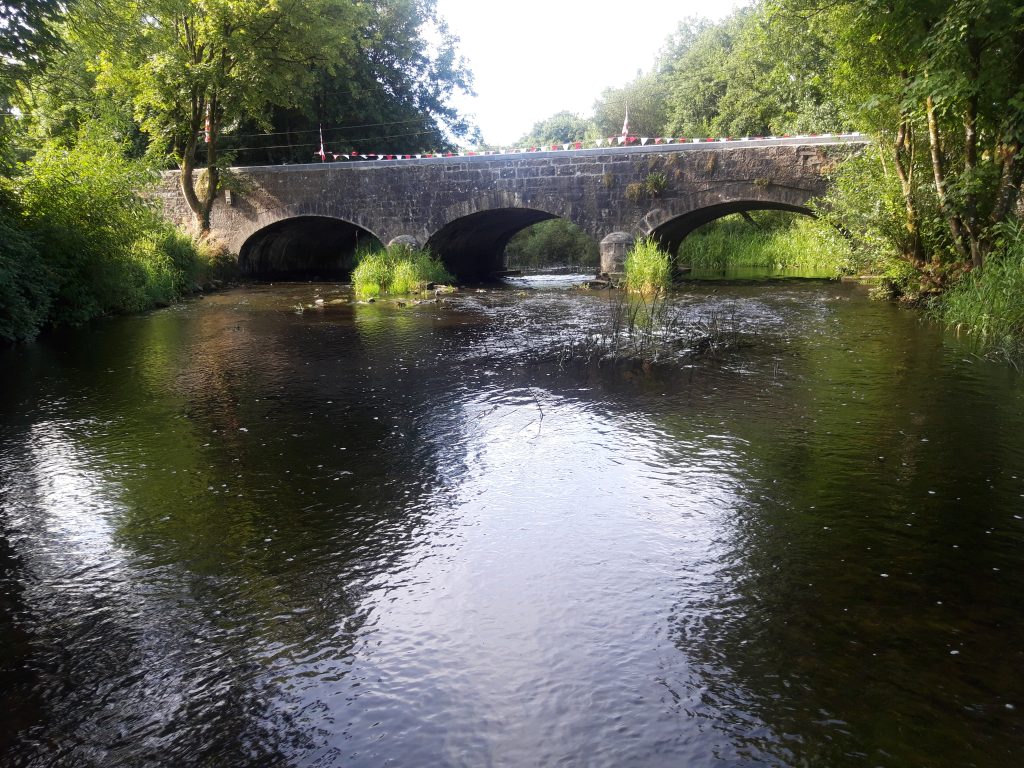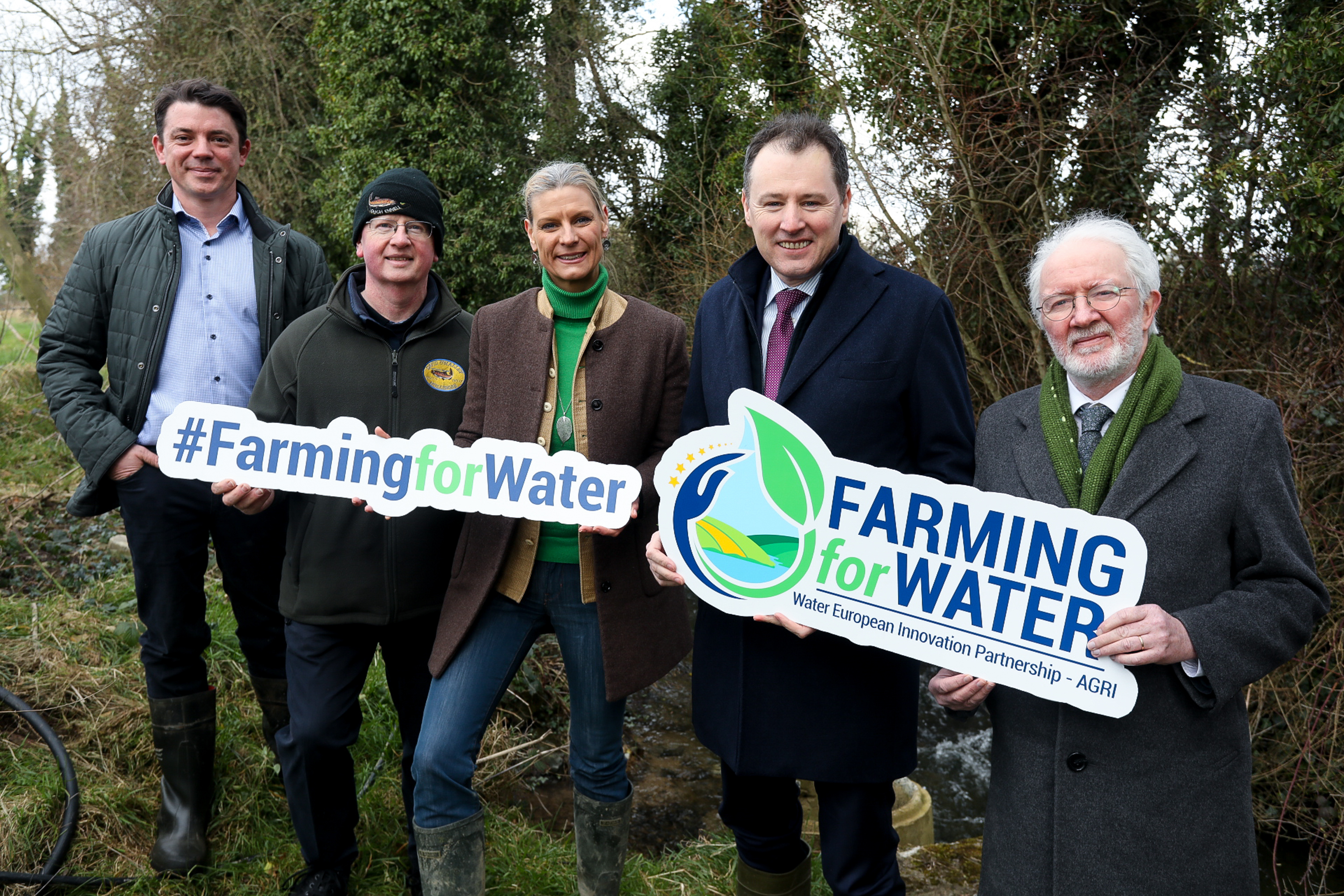
Fresh Focus On Water Quality Helps Waters Of LIFE IP
The launch of the €60 million “Farming for Water” European Innovation Partnership (EIP) has sharpened the focus on water quality in Ireland. That’s already proving helpful for the Waters of LIFE IP with its focus on High Status Objective Water Bodies, says project manager Anne Goggin.
“It’s another move towards paying landowners for ecosystem services other than food production. That to me is very exciting,” she says. “The big thing for us this year is the development of our agri-environmental scheme.”
The Limerick native has been building capacity for Waters of LIFE since she took the helm in 2021. There’s now a core team of data, communications and administration specialists supporting agricultural and catchment scientists in the protection and improvement of high-status waters.
Demonstration catchments and a control catchment are spread across Clare, Cork, Galway, Roscommon, Wicklow and Kerry in support of LAWPRO’s Blue Dot Catchments Programme.
“We’ve been working with key decision makers and experts to look at previous schemes and adapt them specifically for water quality,” Anne continues.
“So what we’re looking at now is a hybrid scheme that can be locally adapted. Every catchment has its own pressures that need to be addressed.”
Co-Design:
Tom Drinan joined the project as senior scientist in August 2023.
“The co-design element is really important,” says Tom. “It has to be workable for landowners and that won’t work without their input. That’s the basis for delivering on improved and protected water quality,”
“The measures we’re looking at aren’t hard engineering bespoke measures. It’s very much evidence based and nature based solutions. Working with nature and co-designing with landowners means longevity and workable farms.”
“The effectiveness of measures like planted riparian buffers can actually improve over time, where we’re planting vegetation along river banks. We want the project to be win-win.”
Framework of Measures:
The project’s agri-environment scheme will be informed by a Framework of Measures and Best Practice Guidance for High Status Objective River Water Bodies, first published in August 2023.
“What was new about this document,” says Anne Goggin, “was how it ranked the measures by effectiveness against particular issues and scenarios.”
“For example, it might give you a measure for phosphorous or sediment in a poorly draining area or nitrate in a free draining area. Those measures are then ranked as low, medium, high or not effective in each scenario.”
Farming for Water is measures-based and co-funded through the Rural Development Component of the Common Agricultural Policy. Waters of LIFE has a results-based element and is funded through EU LIFE, the EU’s funding mechanism for environment and climate action.
Joined Up-Approach:
So, how can these types of schemes work together?
“We’re very mindful of the types of measures included in Farming for Water as well as the likes of ACRES. For us it’s about filling the gaps rather than reinventing the wheel.”
“Under Farming for Water, a farmer might be paid to put in a pond or a woodland. We can add to that by paying out for the quality and effectiveness of that environmental feature in how it serves water quality.”
The tributaries are coming together for the Waters of LIFE project. Catchment assessments and co-designed development of payment schemes all builds toward communities protecting their catchments with the right measures in the right place.
The project’s agri-environment scheme is due for roll out in the spring of 2025.
Waters of LIFE is an EU LIFE Integrated Project co-funded by the European Union.
